Introduction
In the dynamic landscape of architectural visualization, the interplay between technology and artistry presents both challenges and opportunities for lead architects. As project timelines tighten and client expectations soar, understanding the technical hurdles inherent in 3D rendering becomes paramount.
From the relentless quest for realism in materials and textures to the integration of cutting-edge technologies like AI and virtual reality, architects must navigate a complex terrain that demands precision and innovation.
With the architectural visualization market poised for exponential growth, the ability to harness these advancements not only enhances project efficiency but also fosters deeper client collaboration and satisfaction.
This article delves into the critical challenges faced in 3D rendering, explores the importance of realism, and highlights the transformative potential of emerging technologies that are reshaping the future of architectural design.
Common Technical Challenges in 3D Rendering
Architectural visualization presents numerous challenges in 3D renderings for modern architecture that can impede project delivery timelines, yet it plays a crucial role in enhancing project confidence and attracting investment. Notably, long render times pose significant challenges in 3D renderings for modern architecture, especially when high-resolution images are essential. Research indicates that the challenges in 3D renderings for modern architecture, particularly render times in building visualization, are projected to remain a critical issue in 2024, with extensive demands on processing power leading to delays.
However, leveraging advanced 3D modeling software like SketchUp can mitigate these challenges, allowing for tailored concept renderings that align closely with client needs. Achieving realistic lighting effects is essential; inadequate light settings often result in images that appear flat and unconvincing, detracting from the intended visual impact. Moreover, the management of large file sizes remains a persistent challenge, as these can severely slow down workflows and hinder collaboration among team members.
Ensuring compatibility across diverse software platforms requires strategic planning. The design visualization market is projected to be worth $4.59 billion in 2024 and reach $16.18 billion by 2032, highlighting the urgency of addressing challenges in 3D renderings for modern architecture during the forecast period, which exhibits a CAGR of 17.0%. Significantly, pre-sales visualization generates essential revenue for construction by sparking interest and investment long before the physical endeavor begins.
A case study titled ‘Global Market Expansion and Opportunities’ illustrates how global collaboration and outsourcing can alleviate some of the challenges faced in architectural visualization, creating significant opportunities for business growth and creative collaborations tailored to diverse markets. Proactively addressing the challenges in 3D renderings for modern architecture not only streamlines the processing phase but also enhances overall project efficiency, facilitating better resource allocation and timely project completion. Additionally, utilizing detailed interior visualizations can showcase functionality and aesthetics, thereby improving client satisfaction and marketing effectiveness.
As you navigate these complexities, remember to employ effective strategies to manage team dynamics, ensuring support even during tough negotiations.
The Importance of Realism in Materials and Textures
In the realm of 3D rendering, the challenges in 3D renderings for modern architecture highlight the importance of realism in materials and textures. Accurate depictions of surfaces such as wood, metal, and glass are crucial, as they profoundly influence how viewers perceive an artistic creation. High-resolution texture maps, complemented by advanced bump mapping techniques, introduce a depth and realism that flat surfaces inherently lack.
Furthermore, understanding the interaction of materials with light is essential; glossy surfaces reflect light in ways that differ markedly from matte finishes. Architects who prioritize realistic materials not only enhance the aesthetic appeal of their designs but also bolster their believability, ensuring a stronger connection with viewers. In the context of design visuals, deciding the suitable level of detail is essential for both homeowners and companies.
Different stakeholders may require varying levels of detail; for instance, homeowners might prioritize a more intimate understanding of interior spaces, while businesses may focus on broader structural elements. Recent studies have shown that the quality of textures can significantly affect viewer perception, demonstrating the challenges in 3D renderings for modern architecture and making it imperative for architects to adopt current trends in high-resolution texture mapping. Experts emphasize that meticulous attention to detail in texture mapping techniques is crucial to address the challenges in 3D renderings for modern architecture and achieve the highest fidelity in building visualizations.
This dedication to visually striking and technically precise representations solidifies a designer’s legacy, as our 3D interior design visuals are not just instruments; they are the means to celebrate creativity and ensure that designs are remembered and esteemed.
As the global visualization and 3D illustration software market was valued at $1.63 billion in 2019 and is projected to exceed $9.5 billion by 2030, the push towards realism in visuals will only intensify, emphasizing the challenges in 3D renderings for modern architecture and reinforcing the necessity of sophisticated techniques in design practice. Furthermore, a case study titled ‘Evaluation of Rendered Data as Test Data’ illustrates how rendered images can function as effective test data, emphasizing the practical implications of high-quality image generation techniques. The recent research utilizing a large database of detailed 3D models to create synthetic images highlights the challenges in 3D renderings for modern architecture, which further underscores the importance of realism in architectural visualization, enhancing client satisfaction and marketing effectiveness.
By ensuring that high-quality visuals are part of an architect’s portfolio, they contribute to a lasting legacy that celebrates their creative vision.
Leveraging Technology to Overcome Rendering Challenges
The integration of advanced technologies is fundamentally changing 3D visualization in architecture. AI-driven visualization engines, increasingly adopted by industry leaders such as:
- Intel
- NVIDIA
- Adobe
- Autodesk
- Unity Technologies
- Epic Games
- Pixar Animation Studios
can dramatically reduce processing times by optimizing workflows and employing machine learning algorithms to predict and enhance image quality efficiently. This innovation is underscored by a notable trend where AI-powered 3D rendering technologies transform creation with advanced visualization software.
A pertinent example of this is the EchoWater Project, which utilized 5D technology to enhance water management and treatment processes, saving $400 million and significantly reducing water waste. Furthermore, the immersive nature of architectural visualization not only fosters a deeper connection between projects and potential residents but also creates an engaging experience that encourages community ties from the outset. Virtual Reality (VR) and Augmented Reality (AR) technologies are allowing architects to immerse themselves in their creations, providing immediate feedback and facilitating necessary adjustments in real-time.
This immersive experience tackles the challenges in 3D renderings for modern architecture while enhancing client comprehension, improving stakeholder communication, and identifying issues early. By addressing these issues proactively, considerable cost savings can be realized in development. These technologies, with their focus on intricate details and realism in structures, are becoming essential tools in modern creative practices, fundamentally enhancing the emotional influence and decision-making processes in development.
Enhancing Client Collaboration for Better Render Outcomes
Efficient cooperation with clients serves as a fundamental element for successful 3D visualization endeavors in architectural creation. During the design phase, our team produces initial visuals based on gathered information, collaborating closely with clients to incorporate their feedback and make necessary adjustments. This iterative process continues until the visual representation aligns perfectly with the client’s vision, enhancing visualization and contributing to a shared narrative.
Establishing robust communication channels, complemented by regular solicitation of feedback, is essential for clarifying expectations and mitigating misunderstandings. The adoption of collaborative tools and shared digital platforms, such as real-time visualization software and project management applications, empowers clients to engage actively, enabling them to view progress in real-time and provide input at critical stages of visualization. Once the visuals meet expectations, we proceed to the final delivery stage, where they are refined and provided in formats such as high-resolution images, PDFs, or interactive 3D models, ensuring a polished, professional look.
This collaborative approach not only enhances the quality of the final product but significantly contributes to client ownership and satisfaction. By prioritizing effective communication strategies and client engagement throughout this process, we guarantee that the final visuals capture the essence of the designs, ultimately exceeding client expectations.
Future Trends: Innovations Shaping 3D Rendering in Architecture
The development of building visualization is characterized by several crucial trends that are reshaping the future of 3D imaging. A significant advancement is the rise of real-time visualization, which allows architects to make instantaneous adjustments and see alterations immediately, greatly enhancing the decision-making process. This capability is underscored by recent insights indicating that 85% of professionals view real-time technology as essential for their companies’ futures.
Furthermore, the integration of augmented reality (AR) and virtual reality (VR) technologies is revolutionizing client interactions with designs, offering immersive experiences that foster a deeper understanding and engagement with design concepts. Lifelike CG humans, enabled by AI, play a critical role in bridging the uncanny valley, enhancing the emotional impact and realism of architectural visualizations. A notable application is in real estate, where realtors create compelling virtual environments, leading to quicker sales and heightened client engagement.
As architects navigate these innovations, understanding the significance of intricate details—such as how sunlight dances off surfaces and the texture of materials—will be crucial for capturing the essence of an endeavor. Furthermore, high-quality visuals act as a glimpse into the future of initiatives, offering clarity that is crucial for informed decision-making and creating enthusiasm among stakeholders. The intricacy and personalization of tasks greatly affect processing duration and resource needs, making it crucial to adjust methods to tackle the challenges in 3D renderings for modern architecture.
Staying informed about the latest advancements, such as Meta Platforms, Inc.’s next-generation AI text-to-3D generator and NVIDIA’s efficient Blackwell platform, will be vital for effectively tackling challenges in 3D renderings for modern architecture and maintaining a competitive edge in this dynamic industry. As emerging technologies continue to evolve, they promise to transform how clients interact with designs, emphasizing the crucial role of high-quality visual renderings in project development.
Conclusion
Architectural visualization is at a critical juncture, where the convergence of technology and artistry shapes the future of design. The challenges inherent in 3D rendering, from long render times to the management of complex file sizes, demand innovative solutions and strategic planning. By leveraging advanced software tools and embracing collaborative methodologies, architects can enhance project efficiency and ensure that client visions are realized with precision and clarity.
The emphasis on realism in materials and textures further underscores the importance of meticulous attention to detail in creating compelling visualizations. High-quality renderings not only improve aesthetic appeal but also foster deeper connections between designs and their intended audiences. As the market for architectural visualization continues to expand, the adoption of cutting-edge technologies such as AI, VR, and AR will be vital in overcoming traditional rendering challenges and enhancing client engagement.
Effective collaboration emerges as a cornerstone of successful 3D rendering projects. By establishing robust communication channels and utilizing real-time rendering tools, architects can facilitate iterative feedback processes that align their creative visions with client expectations. This collaborative approach not only leads to superior visual outcomes but also cultivates client satisfaction and ownership throughout the project lifecycle.
As the architectural visualization landscape evolves, staying abreast of emerging trends and technologies will be essential for architects seeking to maintain a competitive edge. The integration of real-time rendering and immersive experiences promises to revolutionize client interactions and decision-making processes. Ultimately, the ability to harness these advancements will not only enhance project outcomes but also solidify the legacy of architects as innovators and visionaries in their field.
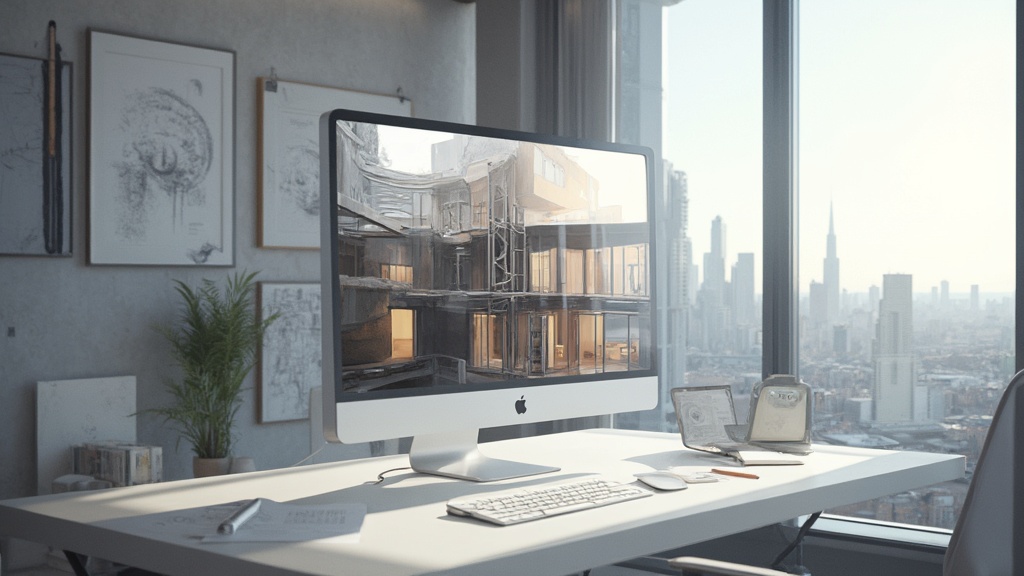
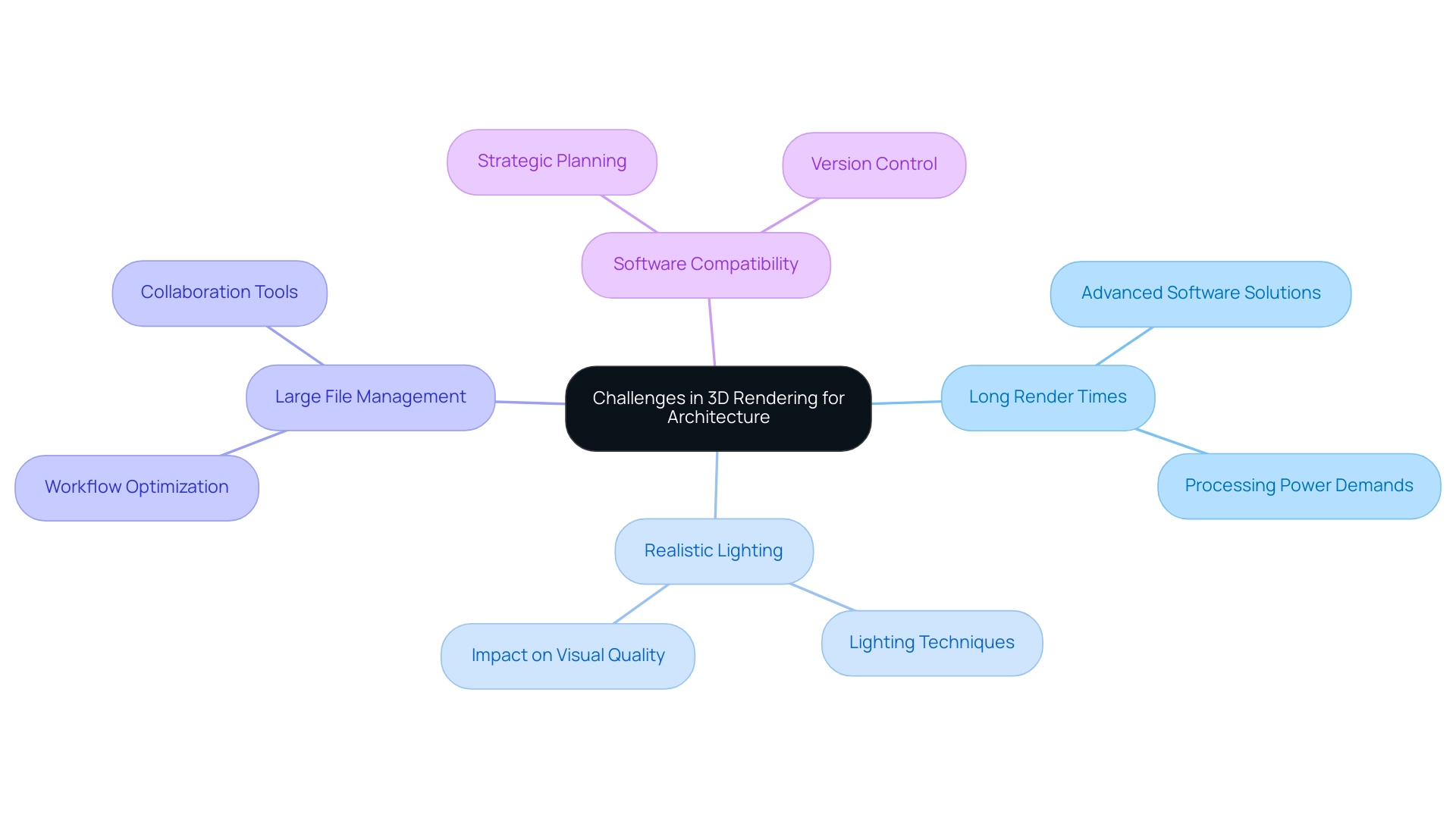
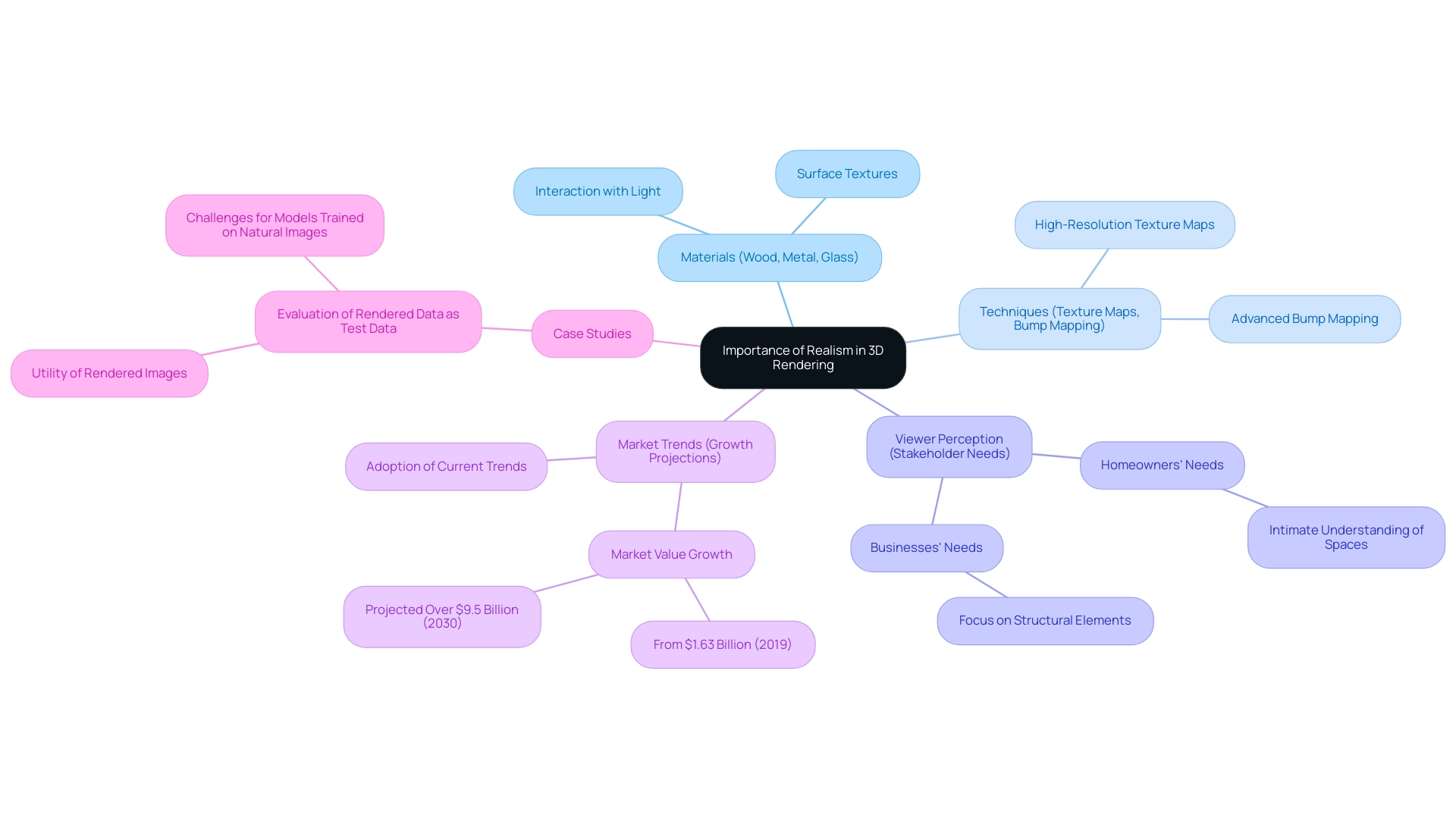

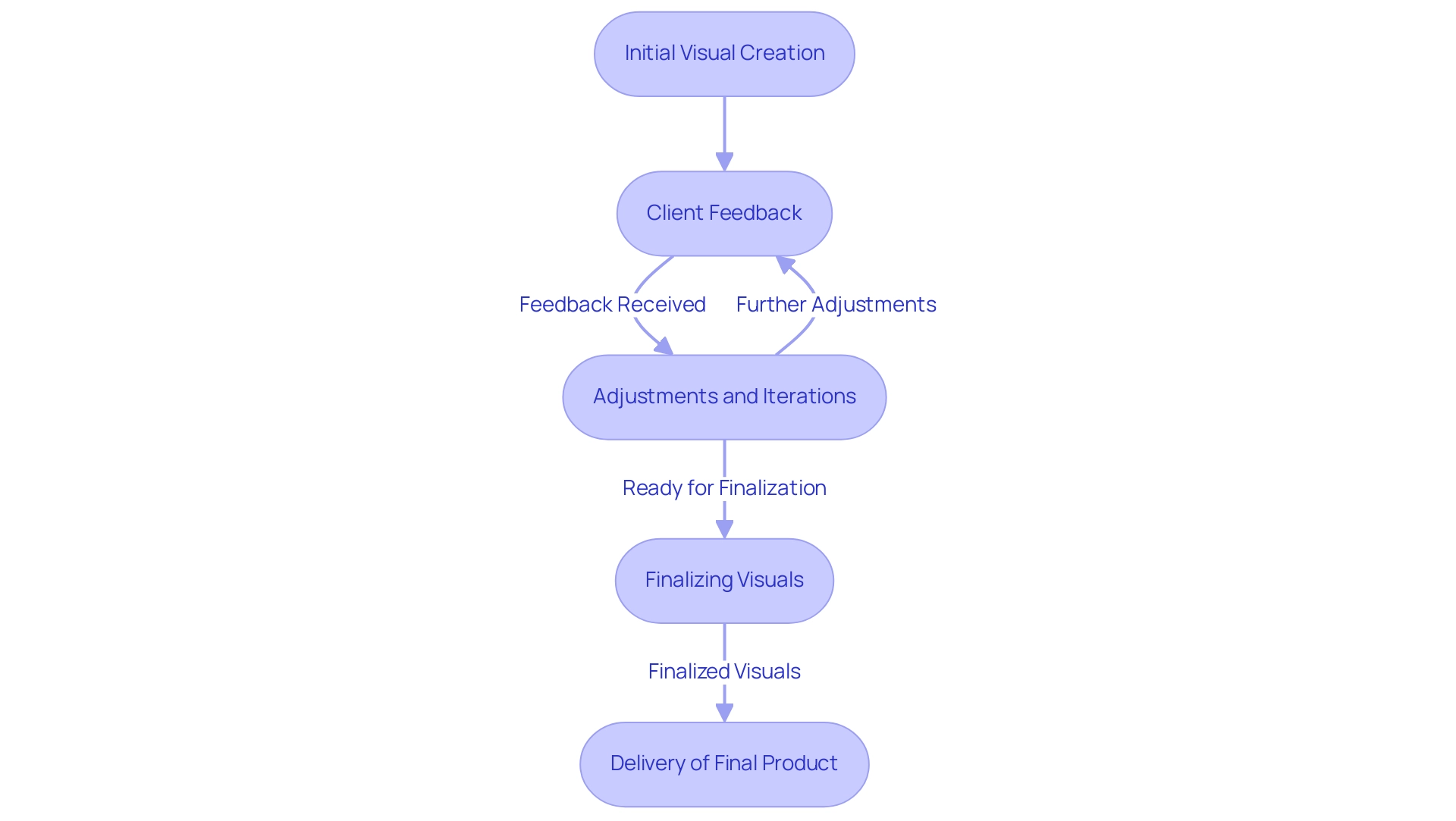
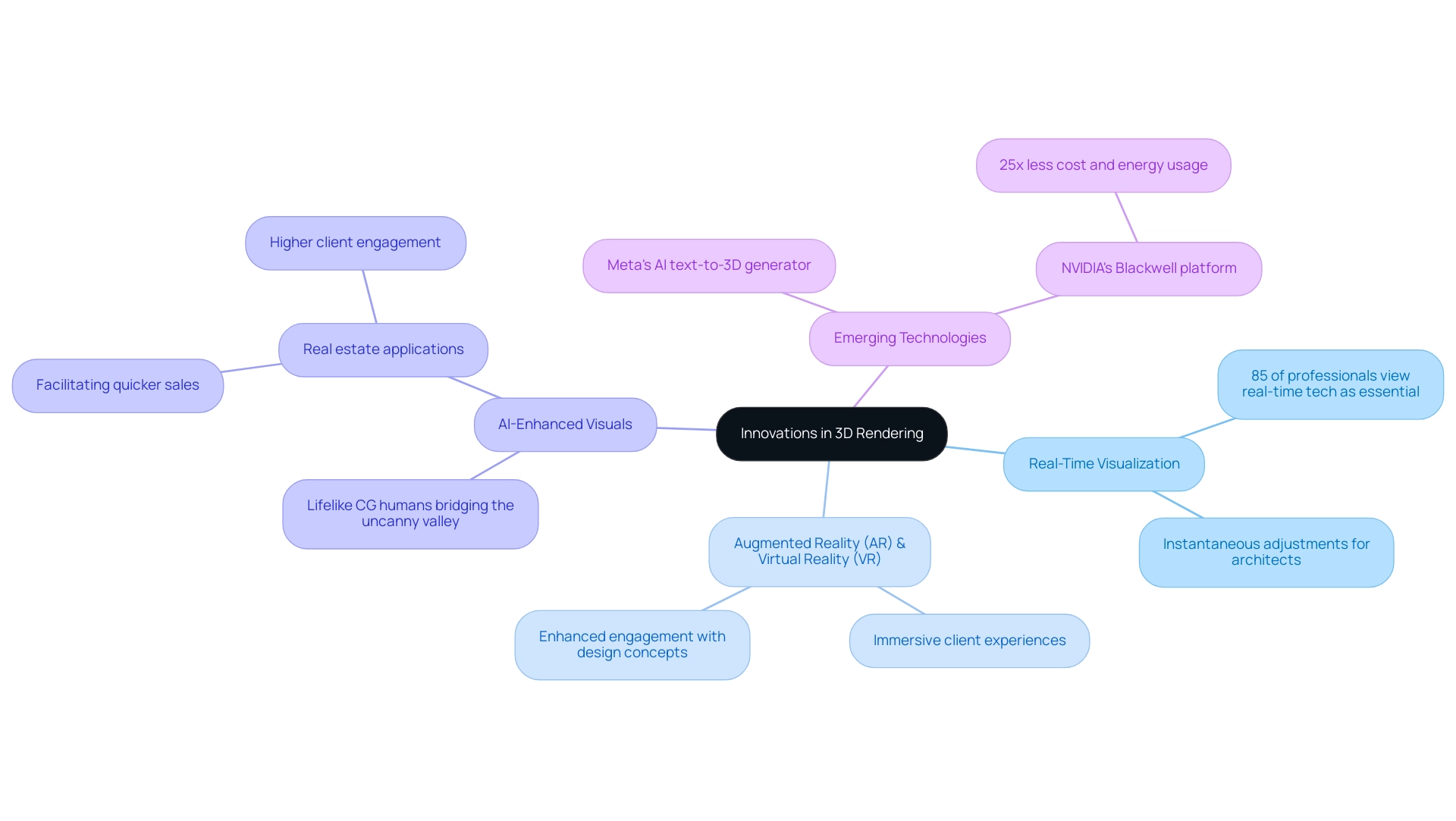
0 Comments